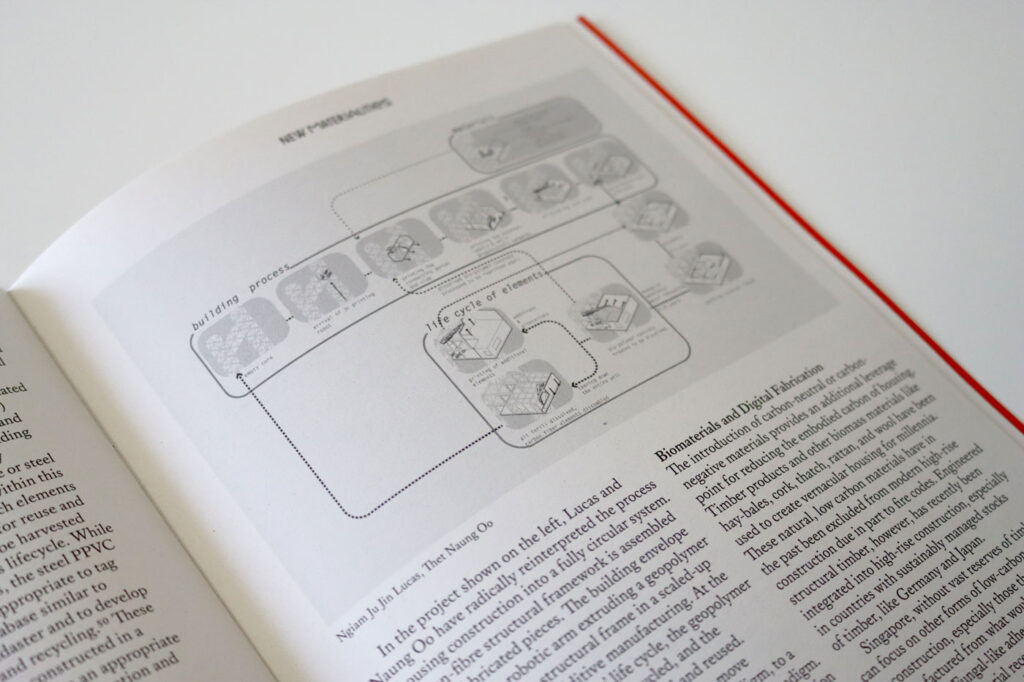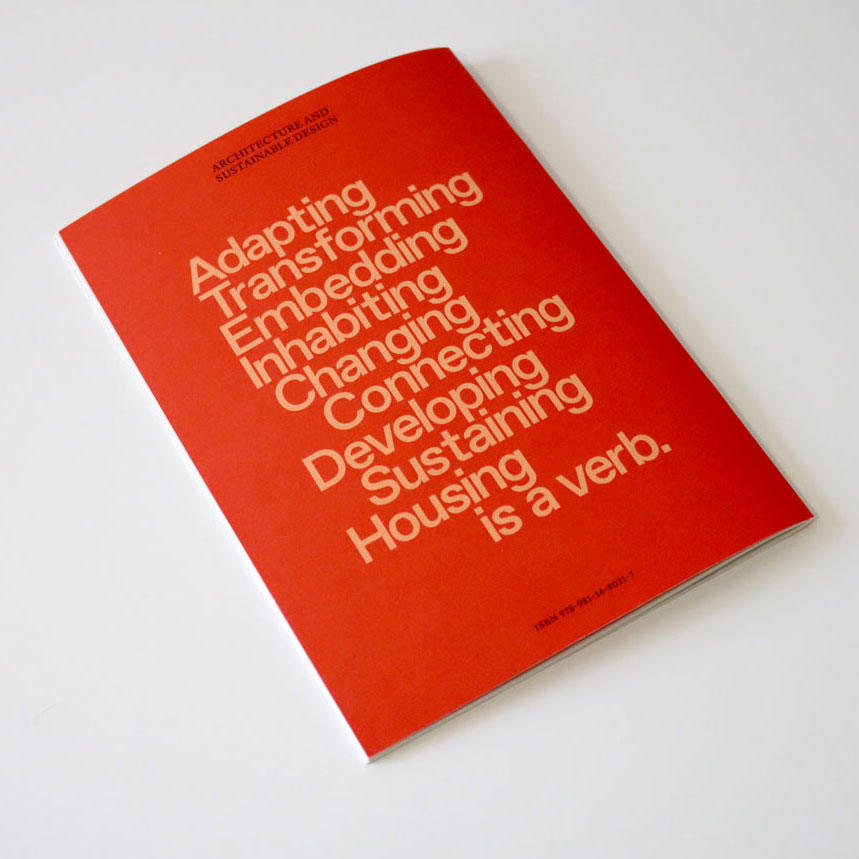(2021)
I recently authored the book Housing: Next, as issue #02 in the inform/ reform book series from ASD Press. I invite you all to take a look and order the publication at ASIAPAC publishers.
In this issue I explore how urban housing will leverage new technologies to address challenges of sustainability, resilience, and social change.


I take the position that Housing is a verb — an ongoing accommodation of people’s daily lives, the seasons, the growth of families, and the weathering of materials. Shifting demographics, a changing climate and unsustainable waste of materials and energy are challenging our ways of life and forcing our homes to evolve. This collection of essays examines how housing will evolve in response to these contemporary challenges by examining three key drivers: new ways of living, new mobilities, and new materialities.

Informed by new technologies of mobility, construction and building simulation, the book sketches a portrait of future housing capable of affording greater sociability, connectivity and a circular economy of on-going material reuse. Drawing from best-in practice examples of high-rise high-density housing in Singapore and through-out the world, I propose strategies for the next generation of architects to lead a broader coalition of stakeholders in the redesign of housing.

Dr Cheong Koon Hean, then CEO of the Housing and Development Board, was kind enough to share a short review of the book:
“The design of good quality housing is a challenging task particularly in Singapore, given that we are land and resource constrained and one of the densest cities in the world. There are therefore vast opportunities to explore new typologies and urban systems that can create a liveable and resilient environment in a high density context, especially in unprecedented times where a pandemic has challenged many existing planning and design paradigms. This book is timely as an academic reflection on the possibilities and challenges of future housing designs. It is broad-ranging, addressing changing lifestyles, resilience in the face of climate change and pandemics, adopting new modes of physical mobility, as well as energy and material sustainability in a Singaporean context. I am sure that it will stimulate very productive discourse and ideas not only among students, but also practitioners and the general public.”

Credits:
Author: Peter Ortner
Editor: Yeo Kang Shua
Series Editor-in-Chief: Erwin Viray
Layout/Design: Practice Theory
Thanks to the teaching team and students of SUTD Architecture Core 3 Studio, including Andrew Lee, Jackson Tan, and Christine Yogiaman.
